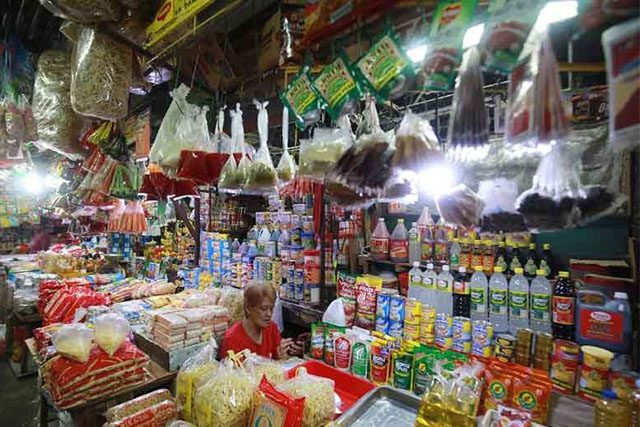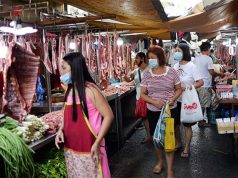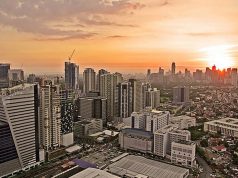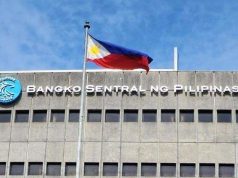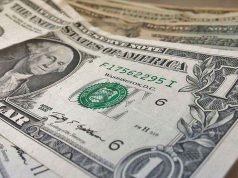MANILA — The country’s annual inflation picked up more than expected in December, but remained within the central bank’s 2-4% target for last year, on higher prices of food, non-alcoholic beverages and utilities, the statistics agency said on Tuesday.
The consumer price index rose 2.5% in December from a year earlier, above the median forecast of 2.1% in a Reuters poll, and was higher than the previous month’s rate of 1.3%.
The average inflation rate for 2019 stood at 2.5%, well inside the central bank’s 2-4% target for last year.
Annual inflation has declined from a near-decade peak of 6.7% in September and October 2018 on easing global oil and rice prices, allowing the central bank to cut interest rates thrice last year to 4%.
The central bank said in a statement there were both upside and downside risks to the outlook such as the volatility in global oil prices, potential impact of the African swine fever and geopolitical tensions.
Bangko Sentral ng Pilipinas will meet on Feb. 6 to review its policy.
In December, central bank governor Benjamin Diokno said policymakers will resume easing policy this year and “at least 50 basis points” were to be expected in 2020.
Diokno also said there would be more cuts in banks’ reserve requirements in line with its medium-term term plan to reduce it to single digits.
The reserve requirement ratio would likely be at 9% by the end of his term in 2023 from 14% currently, Diokno has said.
— Reporting by Neil Jerome Morales and Karen Lema; Editing by Sherry Jacob-Phillips

